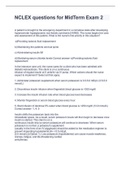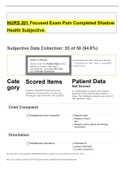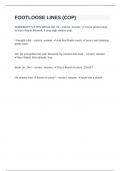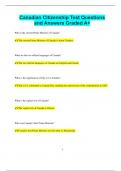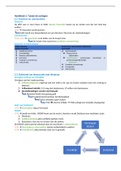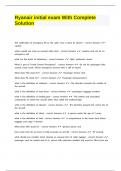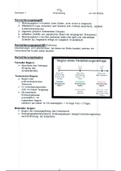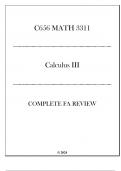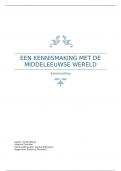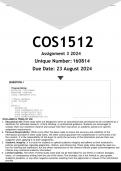Tentamen (uitwerkingen)
NCLEX questions for MidTerm Exam 2 2022 with complete solution
- Vak
- Instelling
A patient is brought to the emergency department in a comatose state after developing hyperosmolar hyperglycemic non-ketotic syndrome (HHNS). The nurse begins her care and assessment of this patient. What is the nurse's first priority in this situation? a)Providing isotonic fluid replacement...
[Meer zien]
